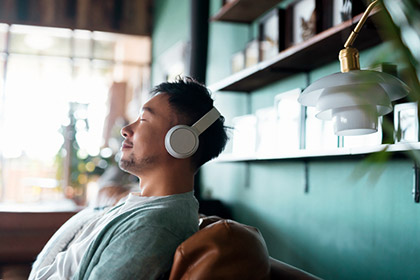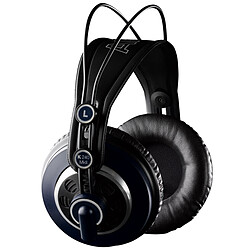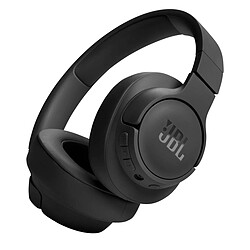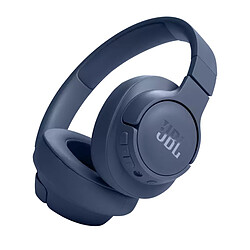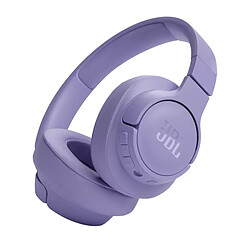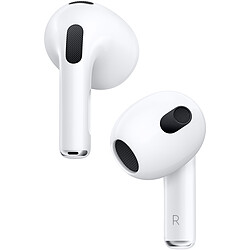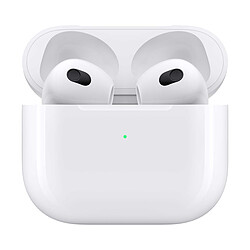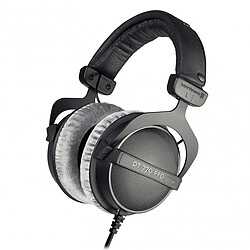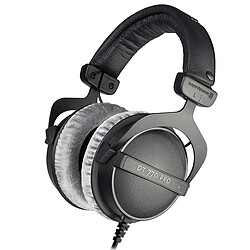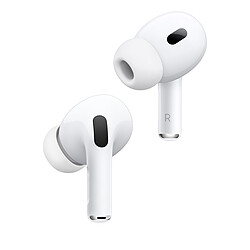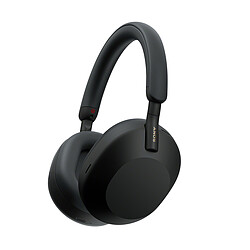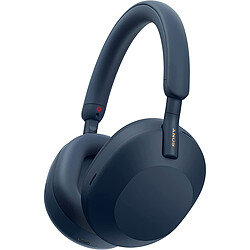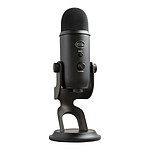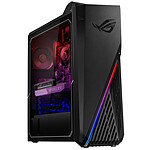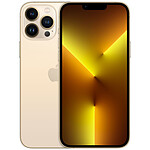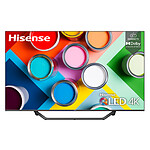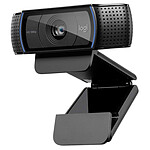 If you're looking for the perfect headset, there are a number of things to consider when looking for the right one for your needs. Whether you need headphones for exercise, travel, music production, or gaming, there is a model to suit every situation. In this article, we'll walk you through the steps to help you choose the right type of headphones for you.
If you're looking for the perfect headset, there are a number of things to consider when looking for the right one for your needs. Whether you need headphones for exercise, travel, music production, or gaming, there is a model to suit every situation. In this article, we'll walk you through the steps to help you choose the right type of headphones for you.Step 1 - Pick the good type!
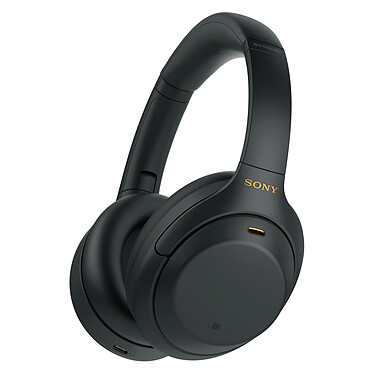
Circum-aural headphones: they cover your ears completely and rest on your skull. They come in two versions: closed and open. Closed headphones naturally trap your music, preventing people around you from hearing what you're listening to, while open headphones have openings that let outside sounds in and inside sounds out. (The effect here is a more natural and spacious sound, but more on that later.)
Benefits: Around-ear headphones are the only ones that create a space between your ears and the headphone drivers. On a good pair, this space does what a good concert hall does: it envelops you in natural sound, while giving a sense of distance between you and the performance. So, music on great around-ear headphones is truly stunning, which is why so many sound engineers and music producers prefer them.
Downsides: Too bulky. Too big. Claustrophobic feelings. Hot ears... Please note, however, that some high-end helmets are made with materials such as lambskin and memory foam to improve these aspects.
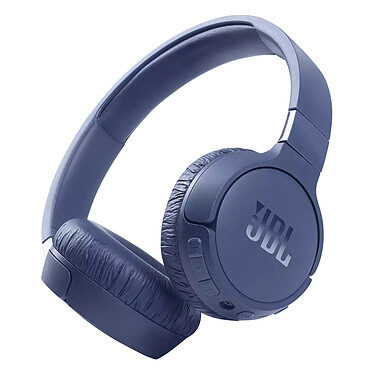
On-ear headphones: These are generally smaller and lighter than around-ear headphones and are held on your head by applying pressure directly to your ears. On-ear headphones also come in open and closed versions, but generally allow more ambient sound to pass through than around-ear headphones.
Benefits: They are the best compromise between blocking out the sound world and letting the sound in, making them ideal for the office or home listening room. Many models fold up into a small portable package and there is less of a "heating" effect than with circum-aural headphones.
Downsides: The pressure on the ears can hurt after a while and they can fall out more easily if you shake your head. Some ambient sounds may interfere with listening. The bass may also be shallower than with circum-aural headphones.
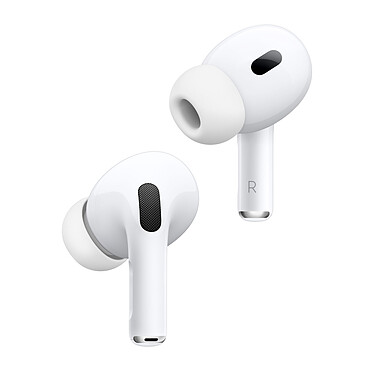
In-ear headphones: the smallest of the three types of headphones fit into the ear canal. They are ubiquitous these days, thanks in large part to Apple and their famous AirPods.
Benefits: They are excellent, if not unbeatable, for sports sessions or any other activity, as they are easier to carry and often feature water and perspiration resistant materials. They are convenient, slipping into your pocket or hanging around your neck. Active noise cancelling headphones are also very good. They won't mess up your hair or interfere with your glasses or earrings. And contrary to what you might think, they sound great.
Downsides: Wired, they are easily tangled. Wireless, they are easy to lose. And although the overall sound quality is generally very good, the bass often suffers from its small size.
Step 2 - Open or closed headphones?
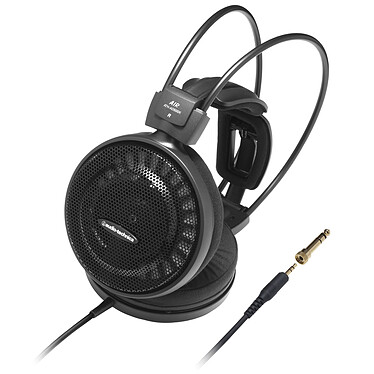
Open: see the vents and holes? Because the drivers are exposed to the outside world (as opposed to those housed in the ear cups), sound passes through and air can flow in and out of the ear. This creates a more spatial sound and the illusion of a natural sound stage. You are in the conductor's seat, on the stage, among the musicians. The only drawback is that everyone around you will hear the music you are listening to. So, it's not ideal for public places like planes or trains.
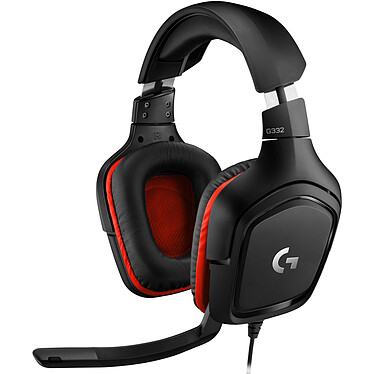
Closed: here, the outer shell has no holes or openings and the entire structure is designed to envelop your ear. The drivers are placed so that they direct all sound only to your ears. This is the most common design. You have an orchestra live-playing in your head. Meanwhile, the person next to you hears nothing.
Step 3 - Wired or wireless?
The first generation of Bluetooth headphones had very bad sound... But, that's part of the past!
Nowadays, high-end wireless Bluetooth headphones have evolved so much that the sound quality is almost indistinguishable from the wired versions. The added bonus is the feeling of freedom. It's a no-brainer: if you can afford wireless headphones, do it.
However, there are still two big reasons to consider wired headphones.
The first reason: if you're a serious musician, sound engineer and/or sound technician, you should go for wired headphones because of the superior quality and the consistently better sound, no matter what the conditions. This is also true for audiophiles and/or anyone who lives for their music.
The second reason: battery life. Bluetooth regularly consumes battery power and you can hardly predict when the battery will run out. (Although you can expect 10-20+ hours on most wireless headphones).
Step 4 - Noise cancellation
There are two types of noise reduction technology for headphones: active noise cancellation, which eliminates external sounds by emitting a competing sound, and the less expensive, passive noise cancellation, which relies on isolation techniques to avoid unwanted noise.
The latest noise-cancelling technology cancels out unwanted noise from a moving plane or train, the city, the hum of nearby office workers or even the whir of a machine. Everything disappears, leaving only you and your music.
The best noise-cancelling headphones are obviously more expensive, and contenders for the title of "best noise-cancelling headphones" include major players such as Sony.
To put it in a nutshell, choosing the headphones that will perfectly fit your needs involves considering several criteria, such as the type of headphones, open or closed version, noise reduction and wireless connection. By keeping these elements in mind, you will be able to find the headphones that best suit your needs and provide a quality listening experience.
Now you know enough to make an informed and the right choice!




